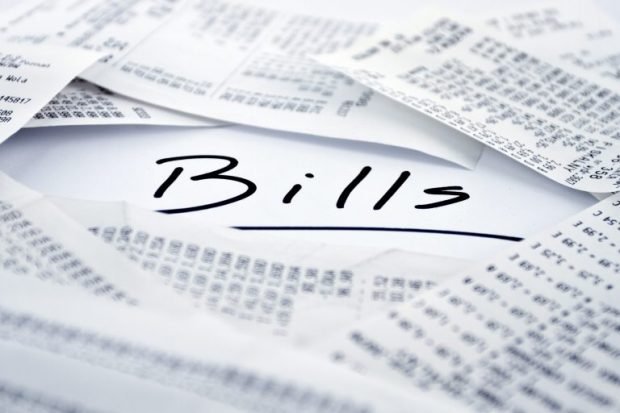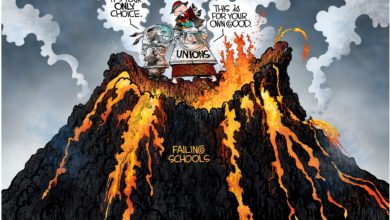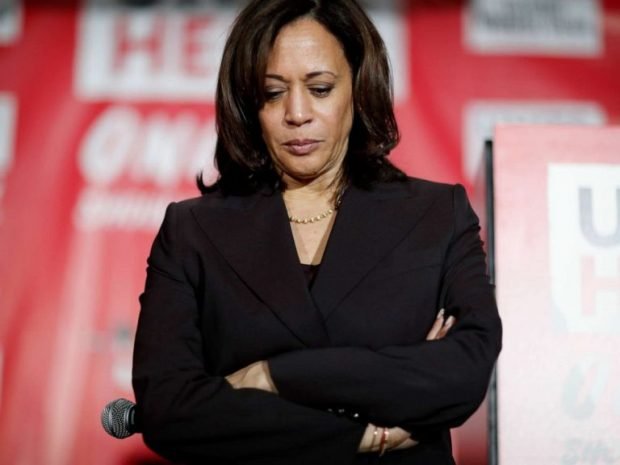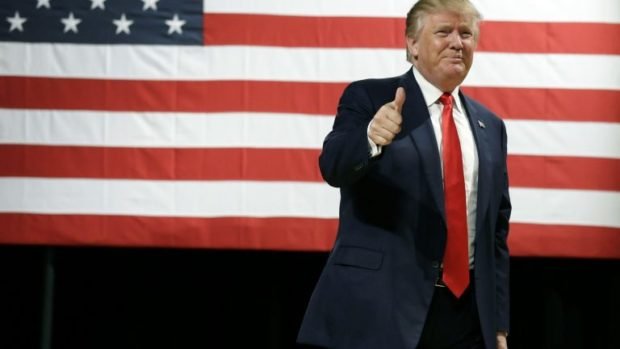Investors Turning Away from U.S. Debt Over Record Deficits
The proverbial chickens.. have come home to poop – or roost if you prefer. The world’s largest bond investment fund, Pimco’s Total Return Fund removed U.S. government debt from its holdings:
Bill Gross, who runs the world’s biggest bond fund at Pacific Investment Management Co., eliminated government-related debt from his flagship fund last month as the U.S. projected record budget deficits.[1]
As demand for Treasuries falls, so does the yield. As the yield drops, the bonds themselves become even less attractive.
Bonds are unattractive for two major reasons, the amount of debt we have/will take on and economic outlook.
Debt and Deficits
The fiscal track that four years of liberal leadership in Congress have provided is one of rapidly rising deficits and an unmanageable national debt.
America’s National Debt rose by another $63.7 billion dollars in the month of February, according to the Bureau of Public Debt*. That currently leaves us with a grand total of $14.195 trillions of debt as of March 1st, 2011.[2]
Institutional investors look at debt to income ratios when purchasing investments. For a government, gross domestic product (GDP) is used as income. Congress holds the purse strings of government spending. The chart below illustrates how rapidly spending has grown under the recent Democrat congress and why investors are starting to balk at the United States as a solid investment

Economic Outlook
The economic outlook for the U.S. can be viewed through a few lenses: Consumer confidence (willingness to spend), spending power (ability to spend),
Are Americans Willing to Spend
As America’s economy is largely driven by consumption, consumer confidence is a key forward-looking indicator.
The Rasmussen Consumer Index, which measures the economic confidence of consumers on a daily basis, fell more than two points on Thursday to 75.4, the lowest level measured since September 2010.[4]
Gallup also released a poll that shows that U.S. consumers expect to have less money to spend due to anticipated fuel price increases.

As Americans lose faith in the recovery, they will start holding on to their money instead of putting it to work in the economy. This will impact business investment and hiring.
Will Americans be Able to Spend
If the recovery continues as a jobless one, there will be no increase in the ability of Americans to spend. If they aren’t working and earning, they cannot spend. Last week’s jobless numbers rose much more than expected. – up 26,000. That’s almost 30,000 more people that have filed for unemployment benefits for the first time. That doesn’t even take into account those that are still on the government roles or have already run out of benefits.
Gas prices are skyrocketing. Some predictions have gas hitting $5 by labor day and $6 by the end of the year. That will more than double the amount of money U.S. families have to spend on getting to and from work from incomes that are largely static. This will drive consumers to focus on things they need to buy and hold off on less necessary purchases. As a Weekly Stadard post put it, “..January of 2009. Hope was in the air, but more importantly, gas was under two dollars a gallon. Since then gas prices, have gone up 67 percent and it’s an ominously upward trend.”
Oil prices also affect other consumer goods as fertilizers used in farming require petroleum distillates, tractors require fuel, trucks need fuel to take the food to market and global food prices were already rising before the energy crisis that is in play.
Commodity prices have been going through the roof for months now. Cotton, lead, copper, oil, gold, silver .. you name it. This will affect the cost of tires, plastics, electronics, jewelry, clothing.. everything.
Lastly, QE2: the Federal Reserve’s strategy to push down long-term interest rates by buying up to $600 billion in U.S. Treasuries (yes, the same investment regular investors are now shedding). If you combine this with over a trillion dollars that was used to by mortgage-backed securities, a ridiculous sum of money has been pumped into the U.S. economy. More dollars chasing fewer goods = inflation.
Some or all of these pressures could create inflation, perhaps on a scale not see since the last truly progressive U.S. president, Jimmy Carter.
The Sum of it All
Investors are increasingly turning their noses up at U.S. Treasury debt. That will ultimately mean that interest rates will have to increase to offer better yields to investors. Those increased borrowing costs will cause businesses to either raise the cost of their goods (inflation) or halt investment/hiring (unemployment). Neither are positive outcomes to our government’s fiscal irresponsibility.
sources:
[1] – https://www.bloomberg.com/news/2011-03-09/gross-drops-government-debt-from-pimco-s-flagship-fund-zero-hedge-reports.html
[2]- https://conservativedailynews.com/2011/03/federal-debt-report-feb-2011/
[3] – Chart from usgovernmentspending.com overlays from ConservativeDailyNews.com
[4] – https://www.rasmussenreports.com/public_content/business/indexes/
rasmussen_consumer_index/rasmussen_consumer_index





